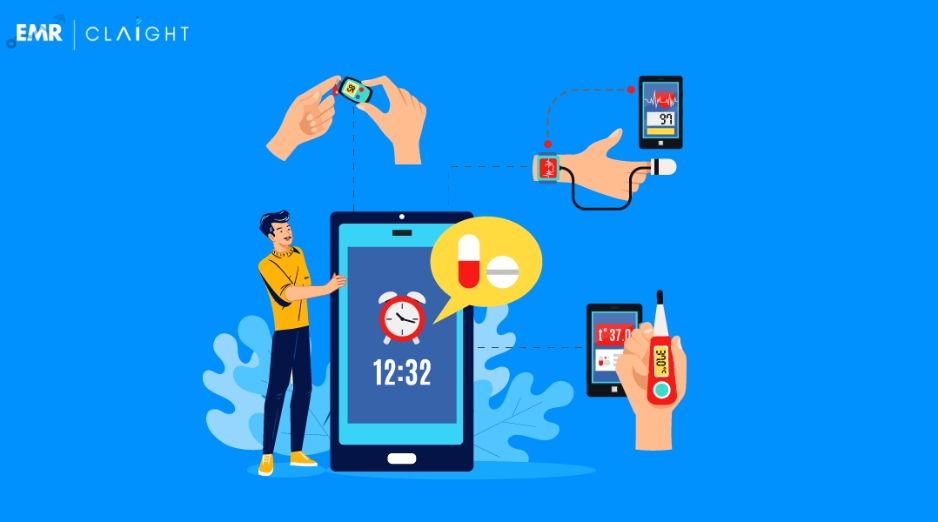Recovering from a cesarean section (C-section) can be a physically and emotionally challenging experience. Pain management plays a vital role in helping new mothers recover more comfortably and efficiently, allowing them to focus on caring for their newborns. One of the options available for pain relief is Gabapentin 100 mg, a medication primarily used for nerve pain and as an adjunct in managing other forms of pain. If you’re considering this medication as part of your recovery plan, it’s essential to have a conversation with your doctor to determine its suitability for your specific needs. In this blog, we’ll explore how to discuss pain management with your doctor, including the use of Gabapentin 100 mg, and provide valuable insights into its potential benefits and side effects.
Understanding Pain After a Cesarean Section
A cesarean section is a major surgery that involves an incision in the abdomen and uterus to deliver a baby. After the procedure, it’s common for new mothers to experience pain, which can vary in intensity and duration. Pain from a C-section is typically due to:
- Incision pain: This is the most immediate source of discomfort, as the body heals from the surgical cut.
- Muscle soreness: The abdominal muscles may be sore from the surgical procedure and the effort required during labor.
- Gas pain: The manipulation of internal organs during surgery can cause bloating and gas buildup, leading to discomfort.
- Nerve pain: The nerves around the surgical area can become irritated or damaged during the procedure, which may result in sharp or shooting pains.
Pain management is crucial because unmanaged pain can interfere with your ability to move, care for your baby, and begin the healing process. Effective pain control also helps prevent complications such as deep vein thrombosis (DVT) or pneumonia, which can occur if you are unable to mobilize due to pain.
How Pain Is Managed After a C-Section
Pain management strategies for C-section recovery generally involve a combination of methods, including:
- Opioids: Strong painkillers, such as morphine or oxycodone, are often prescribed immediately after surgery. These medications are highly effective at managing pain but come with a risk of side effects such as nausea, constipation, and dependency.
- Non-opioid pain relievers: Acetaminophen (Tylenol) or non-steroidal anti-inflammatory drugs (NSAIDs) like ibuprofen can help reduce pain and inflammation with fewer side effects compared to opioids.
- Regional anesthesia: An epidural or spinal block is often used during the C-section, and local anesthetics may be continued for post-surgical pain relief.
- Physical therapies: Gentle movements, such as walking and repositioning, can promote blood flow and help ease discomfort over time.
- Gabapentin: This is a newer option for post-surgical pain management, particularly for nerve pain, and may be included in your treatment plan.
What is Gabapentin 100 mg?
Gabapentin is an anticonvulsant medication originally developed to treat epilepsy. However, it has also been found effective in managing various types of pain, including nerve-related pain (neuropathy), and is frequently used in conditions like diabetic neuropathy, shingles pain, and fibromyalgia.
In the context of a C-section, Gabapentin is particularly useful for addressing nerve pain. Following a cesarean delivery, some women experience sharp, shooting, or burning sensations around the incision site, a phenomenon that may be attributed to nerve irritation. Gabapentin works by affecting the way the nervous system processes pain signals, providing relief from discomfort associated with nerve irritation or injury.
The 100 mg dosage of Gabapentin is typically prescribed for mild to moderate nerve pain. However, it’s important to note that the dosage can vary depending on the severity of the pain and the doctor’s assessment.
How to Discuss Gabapentin 100 mg with Your Doctor
If you’re interested in exploring Gabapentin as part of your pain management plan after a C-section, it’s essential to have an open and thorough discussion with your healthcare provider. Here are some key points to cover during your conversation:
1. Explain Your Pain and Symptoms
Start by describing your pain in detail. Is it constant, or does it come in waves? Do you experience any sharp or shooting pains near the incision site? Are there any tingling or numb sensations in your legs or abdomen? This information will help your doctor determine whether Gabapentin is appropriate for your situation.
Be honest about your pain levels and how they are affecting your ability to care for your newborn or perform daily tasks. Your doctor may need to adjust your medication regimen based on the severity of your symptoms.
2. Ask About Gabapentin’s Benefits
Gabapentin is often used for nerve pain, but it can also be prescribed alongside other pain medications. Ask your doctor how Gabapentin might benefit your recovery. Some key points to ask include:
- Is Gabapentin effective for the type of pain I’m experiencing?
- What specific benefits can I expect from taking Gabapentin?
- How does Gabapentin work in conjunction with other pain relievers?
By asking these questions, you’ll gain a better understanding of how Gabapentin fits into your overall pain management strategy.
3. Discuss Potential Side Effects
Like all medications, Gabapentin can cause side effects. While it is generally well-tolerated, some individuals may experience drowsiness, dizziness, or swelling in the legs and feet. Additionally, Gabapentin can interact with other medications, so it’s important to discuss any other drugs or supplements you are taking.
Some common side effects of Gabapentin include:
- Drowsiness or fatigue
- Dizziness or lightheadedness
- Swelling in the hands or feet
- Blurred vision
- Difficulty concentrating
Make sure your doctor is aware of any pre-existing conditions such as kidney problems, as Gabapentin dosage adjustments may be needed.
4. Inquire About Dosage and Duration
Ask your doctor how long you should take Gabapentin. While the medication is often used on a short-term basis after surgery, some individuals may need it for an extended period, depending on their pain levels. The dosage will also depend on your specific symptoms and your body’s response to the medication.
For Gabapentin 100 mg, it’s essential to follow the prescribed dosage and avoid self-adjusting the dose to prevent potential side effects.
5. Explore Other Pain Management Options
While Gabapentin may help manage nerve-related pain, it may not address all types of discomfort associated with a C-section. Ask your doctor about combining Gabapentin with other pain management strategies, such as NSAIDs or physical therapy, to create a comprehensive plan that targets all aspects of your recovery.
It’s also important to discuss non-medication approaches like relaxation techniques, warm compresses, and adequate rest to support your healing.
Conclusion
Pain management after a C-section is a crucial aspect of recovery, and Gabapentin 100 mg can be an effective tool for managing nerve pain. However, it’s essential to discuss your pain and treatment options thoroughly with your doctor. By sharing your symptoms, asking about Gabapentin’s potential benefits, and exploring the full spectrum of pain management strategies, you can work together to create a tailored recovery plan that supports your healing process and enhances your comfort as you adjust to life with your new baby.
Always remember that pain management is not one-size-fits-all. Open communication with your healthcare provider will ensure that you receive the best possible care for your specific needs.




